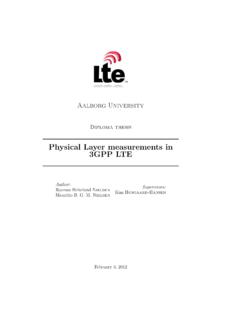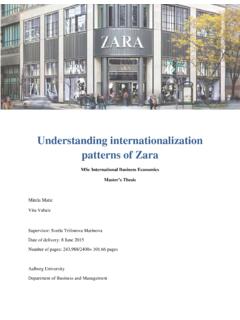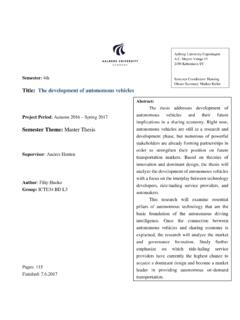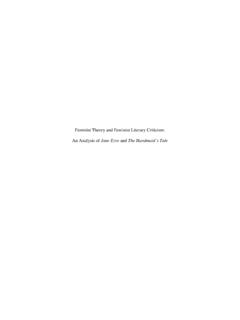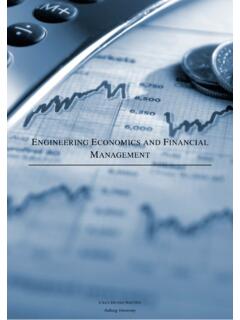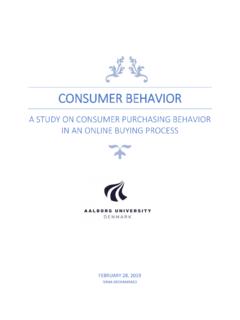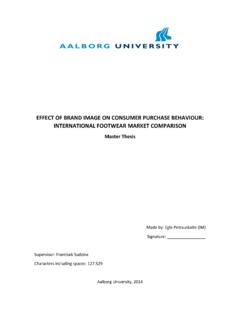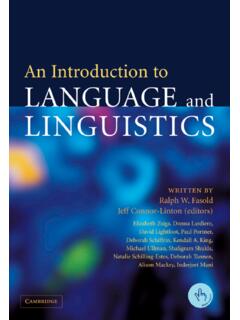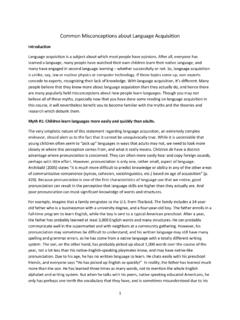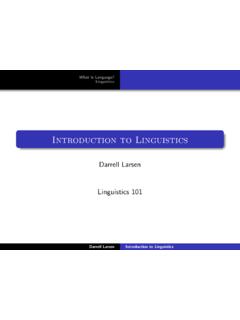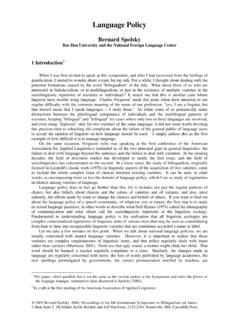Transcription of Understanding “Hegemony” in International Relations …
1 Understanding hegemony in International Relations Theories Aalborg University Development and International Relations Written by: Goda Dirzauskaite Nicolae Cristinel Ilinca MAY 31, 2017 Understanding hegemony in International Relations Theories i ABSTRACT This thesis analyzes the concept of hegemony in the field of International Relations . Commonly viewed and understood from different angles, the concept of hegemony appears to be fragmented and limited to philosophical and theoretical standpoints one has. Thus, this thesis attempted to comprehensively compare conceptualizations and understandings of the concept placed in different theories.
2 Three theories of International Relations were chosen for a comparative method: neo-realism, neo-liberalism and neo-Gramscianism. The thesis took use of the constructive paradigm with a relativist ontology and subjective epistemology. Firstly, the chosen theories are reviewed in terms of their basic assumptions and philosophical considerations, further incorporating the concept of hegemony into review. Commonalities and varying differences of the theories are highlighted. In addition, this thesis includes empirical data collected from secondary sources to illustrate explanations of American hegemony through the different theories` standpoints.
3 The conception of hegemony is found to differ in two principal terms: actors who pursue hegemony and underlying conditions to establish and maintain hegemony . States are potential hegemons in neo-liberal and neo-realist theories, while neo-Gramscian state includes civil society as well. In terms of conditions for hegemony , a couple of variables dominate in theories: hard power in neo-realism, soft power in neo-liberalism and mixture of the two in neo-Gramscian theory along with social forces. ii CONTENTS Abstract .. i 1 Introduction .. 1 2 Literature 6 3 Methodology.
4 10 Philosophy of 11 Method .. 13 Data .. 14 Limitations .. 15 4 Theoretical Background .. 17 hegemony .. 17 Theoretical considerations .. 19 Realism .. 19 Neo-liberalism .. 28 Gramscianism .. 30 International Political Economy and Hegemonic Stability Theory .. 33 Different theories, different interpretations ..37 Neo-realism vs Neo-liberalism ..37 Realism vs Gramscianism ..37 5 Analysis .. 39 Historical Background .. 39 hegemony under realism, liberalism and Gramscianism .. 40 Neo-realism .. 40 Understanding hegemony in International Relations Theories iii Neo-liberalism.
5 43 Neo-Gramscian analysis .. 45 Hegemonic stability theory .. 47 Comparative analysis .. 48 6 Conclusions .. 53 7 References .. 54 FIGURES Figure 1 Conceptual flow of the paper .. 5 Figure 2 Design of the paper .. 10 Figure 3 Cox`s structure of three categories of forces (adopted from Cox, 1996, p. 98) .. 31 Figure 4 Cox`s historical structure of spheres of activity (adopted from Cox, 1996, p. 101) .. 32 Figure 5 Comparative features of hegemony in neo-realism, neo-liberalism and neo-Gramscianism 50 ABBREVIATIONS HST Hegemonic stability theory; IPE International political economy; IR International Relations ; US United States; Understanding hegemony in International Relations Theories 1 1 INTRODUCTION The concept of hegemony gained theoretical significance with Antonio Gramsci and his work of Prison Notebooks.
6 Before him, hegemony was used as a reference to asymmetrical power Relations . Since then, the term gained popularity within various academic disciplines and is being incorporated into various levels. It has gained popularity in fields like anthropology, sociolinguistics, literary and cultural studies, and colonial and neo-colonial studies. The International Relations (IR) field is not an exception and the term is used across different theories, ranging from cultural to global hegemony . (Fontana, 2005) Much of today's press and scholarly work in IR is focused on the United States (US) hegemony .
7 Although it seems that the US power and influence in International system is apparent for the majority, contemporary opinion holds that the US hegemony has been declining over the years (Brown & Ainley, 2005). This further presents a contradiction between scholars, while some say that the US hegemony is here to stay and will continue to do so, others claim that it is declining and will not last. For the first point political scientists, historians, and policymakers such as G. John Ikenberry state that from the end of the Cold War, the US has emerged as an unmatched and unprecedented global superpower.
8 He also says that in modern history there was not a single state to loom so large over the rest of the world (Ikenberry J. , 2003). Historian Paul Kennedy also maintains that it would be difficult for a statistician to compile lists of the fields in which the US is leading and that for him there is no point in the Europeans or Chinese wringing their hands about US predominance, while wishing for it to go away (Brooks, 2008). Former secretary of state Henry Kissinger considers that the US is having superiority unrivaled by even the most powerful empires of the past.
9 He also claims that the US has an unparalleled ascendancy around the globe in fields such as weaponry, entrepreneurship, science, technology, higher education and popular culture (Schuster, 2001). A number of analysts consider that American hegemony is continuing. Susan Strange (Strange, Still an Extraordinary Power: America's Role in a Global Monetary System, 1982) uses the following name for the title in her article, Still an Extraordinary Power: America's Role in a Global Monetary Introduction 2 System which makes her opinion clear. In another article, The Persistent Myth of Lost hegemony , Strange considers the suggestion that American hegemony is at an end 'a destructive myth' that can induce only pessimism, despair, and the conviction that in these circumstances, the only course of action is to ignore everyone else and look after your own individual interest (Strange, 'The Persistent Myth of Lost hegemony , 1987).
10 Bruce M. Russett, in his article The Mysterious Case of Vanishing hegemony ; or, Is Mark Twain Really Dead?, dismissed any conclusion that the US has lost its hegemonic leadership capacity by considering it premature (Russet B. M., 1985). In the book, Bound to Lead: The Changing Nature of American Power , Joseph Nye negates the fact any fundamental change has occurred in American power (Nye J. , 1990). According to Nye, American power in the 1970 s only went back to its 1932 hegemonic position from the dominance it had during the immediate postwar period, which, as a direct result of the war, was going to correct itself at some point anyway.
